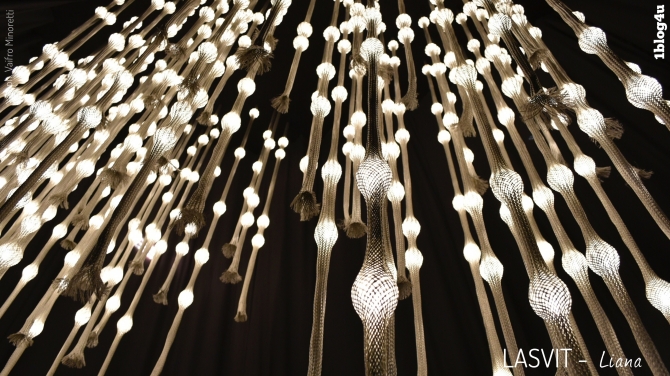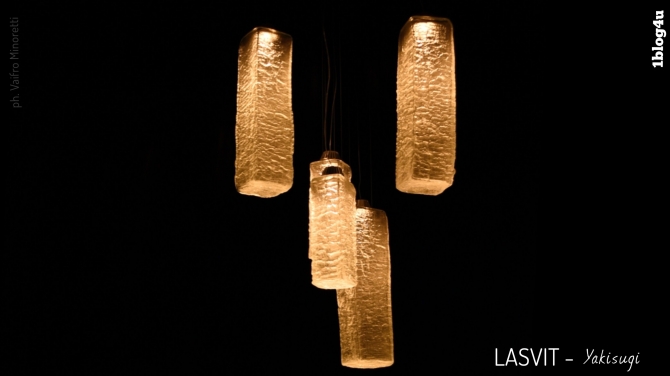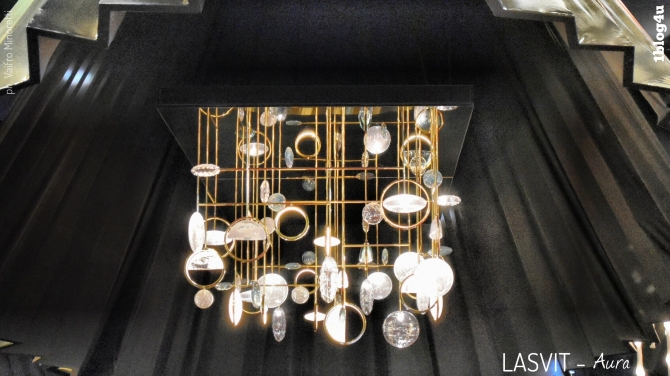LASVIT brought to the Euroluce 2019 the exhibition called The Theory of Light, derived from the investigations into the formation of light through Reflection, Perception, Spectrum, and Nature, and presented in outstanding installations that fuse the science of light and human creativity.
LIANA
Designer: Maxim Velčovský
A swarm of fireflies can lighten up a meadow, the amazing jellyfish can shine even in the middle of a dark ocean, and special types of mushrooms often glow in the forest. Maxim Velčovský studied bio-lights and tried to “capture it” in a special metal net. The overall piece resembles a tropical vine, hence its name: LIANA means ‘vine’ in the Czech tongue. Velčovský’s LIANA can be optimized for any space.











